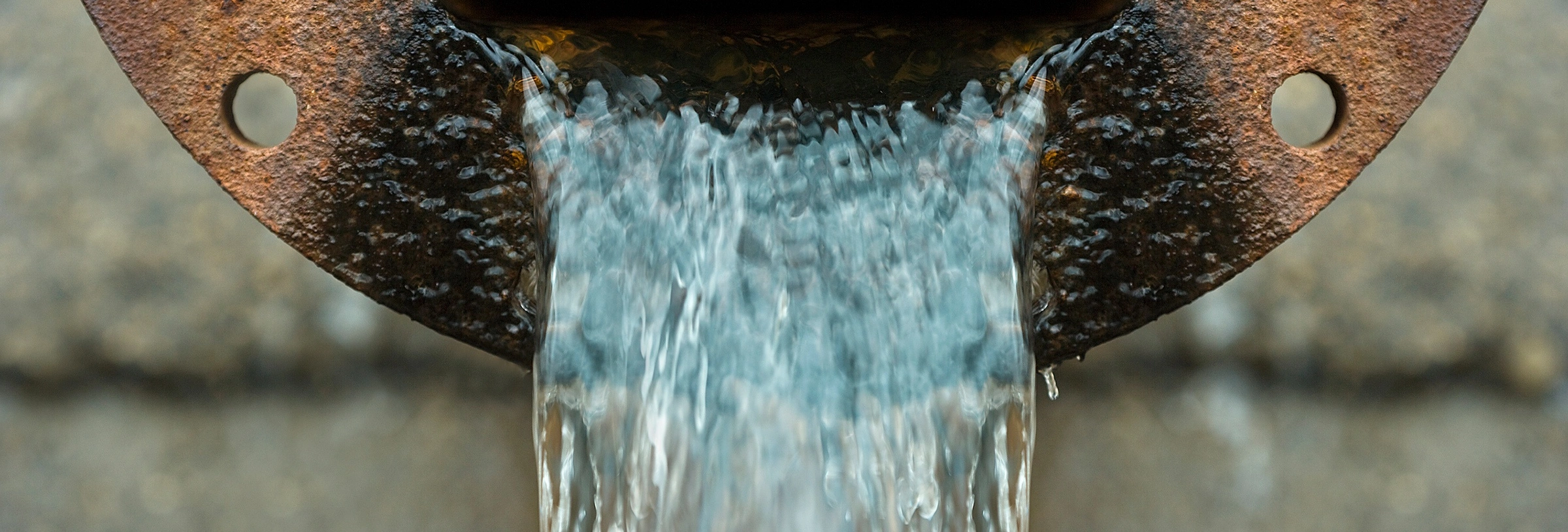Mary Lynn Coffee Discusses SCOTUS Ruling in Clean Water Act Matter
Mary Lynn Coffee was quoted extensively in the article “Supreme Court Says Wastewater Pros Should Examine Discharge Paths” in Pumper, a magazine for the wastewater industry. The article provides an overview of the decision in a closely watched case, County of Maui v. Hawaii Wildlife Fund et al., 590 U.S. __ (2020).
The case involved Maui County, “which discharged effluent from its wastewater treatment plant in deep injection wells. Scientists found that this effluent migrates through the soil and groundwater, then enters the Pacific Ocean. Environmental groups sued, alleging discharges of pollutants through groundwater to the Ocean, which is a water of the United States, require a Clean Water Act Section 402 NPDES permit. The plaintiffs asked federal courts to require an NPDES permit for the wells just as permits are required for other discharges into navigable waters.” Of critical interest to wastewater professionals is whether the court would rule that any discharge to groundwater would require an NPDES permit. Ultimately, many observers felt that the ruling was “less than definite,” and Pumper asked Mary Lynn to help provide insight on the ruling.
Commenting on the ruling from a technical regulatory point of view, Mary Lynn said that the rule does offer some clarity regarding when discharges to groundwater that make their way to WOTUS require permits. “The [Supreme] Court laid out a seven-factor test that courts, regulators and installers need to look at in deciding whether a discharge is ‘functionally equivalent’ [and therefore requires a permit]…Those factors include the time and distance a pollutant has taken to travel through groundwater. . . the nature of material the pollutant has traveled through; the extent of dilution; the amount of pollutant entering a navigable water versus the amount discharged from the source; the manner by which the pollutant enters the navigable water or the area where it enters; and the degree to which the pollutant has maintained its identity.”
She added, “I think the test is as clear as any regulatory test ever is…I thought it was very good that the court talked about what changes in the character of pollutant had occurred, the degree to which the pollution had maintained its specific identity or changed into something else. That factor allows consideration of the degree to which both chemical and natural filtration processes relied upon by onsite filtration systems provide treatment of waste prior to its arrival in a surface water.”
Mary Lynn also commented that how much regulations change for wastewater operators will vary from state to state. She noted that the degree to which “regulations will change depends on the degree to which state’s already regulate discharges to land and groundwater. For example, in California there may not be many changes because the statewide regulations and the current general state law permit for onsite wastewater treatment systems already contains conditions requiring consideration of the potential for waste to migrate to groundwater and surface waters considering many of the same factors the Court outlined in the Maui decision. In states that have not taken into account the potential for effluent associated with onsite treatment systems to migrate to surface waters, expect new standards and a new general NPDES permit.”
Offering her thoughts on what onsite wastewater treatment system professionals need to do in the wake of the ruling, she recommended two actions. “First, when doing an onsite project, try to develop technical information about the soils in the area, groundwater, groundwater flow, distance to surface water and other information related to the factors laid out in the court’s functional equivalent test. Next, use that information to guide siting, installation and operation, and then keep the information as protection in case there is a legal or enforcement challenge. Second, become involved with your state wastewater organization, and through that try to work with regulators in developing the rules they will use and the guidance they may produce to comply with the court’s ruling. There is protection from liability for an onsite system owner and installer if a system has been installed in accordance with regulations.”
